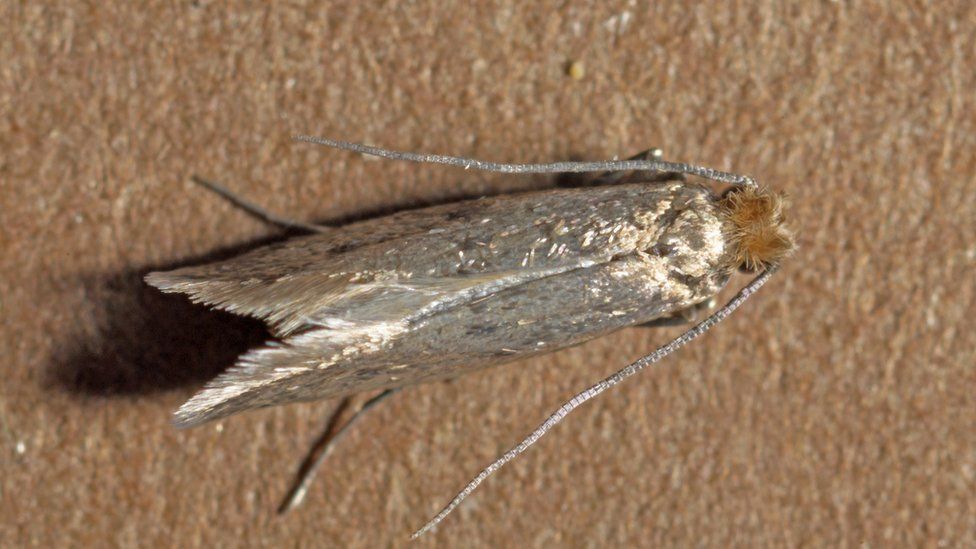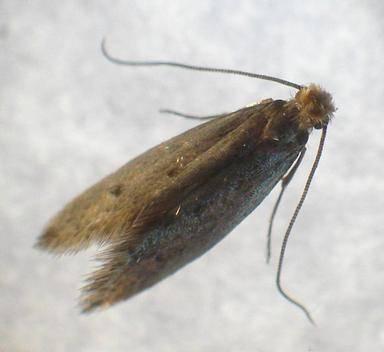Case-bearing Clothes Moth

Case-bearing Clothes Moth
This is one of the few moth species that can damage clothing and carpets but you can deter them from households. The adult moth is a pale silvery grey-brown with dark spots, and approximately 7mm long. The larva makes a portable case for itself out of wool and other fibres. In outside buildings it has one generation, however, in heated buildings it can have two or more generations. The larval stage lasts up to 3 months after which time they spin a cocoon to pupate in. The discarded cocoons look like small grains of rice. Flight Times Generally, they fly between June and October but indoors they may have a longer flight season. Size and Family Family – Tineidae Small-sized Wingspan Range – 9-16mm Conservation Status Common Caterpillar Food Plants The larvae feed on wool, fur, feathers and hair. Habitat They live indoors and in outbuildings, or outdoors where they sometimes live in birds’ nests. Distribution Countries – England, Wales, Scotland, Ireland This is a common and widely-distributed species across Britain.

The Case Bearing Moth - A Homeowners Guide

case-bearing clothes moth - Encyclopedia of Life
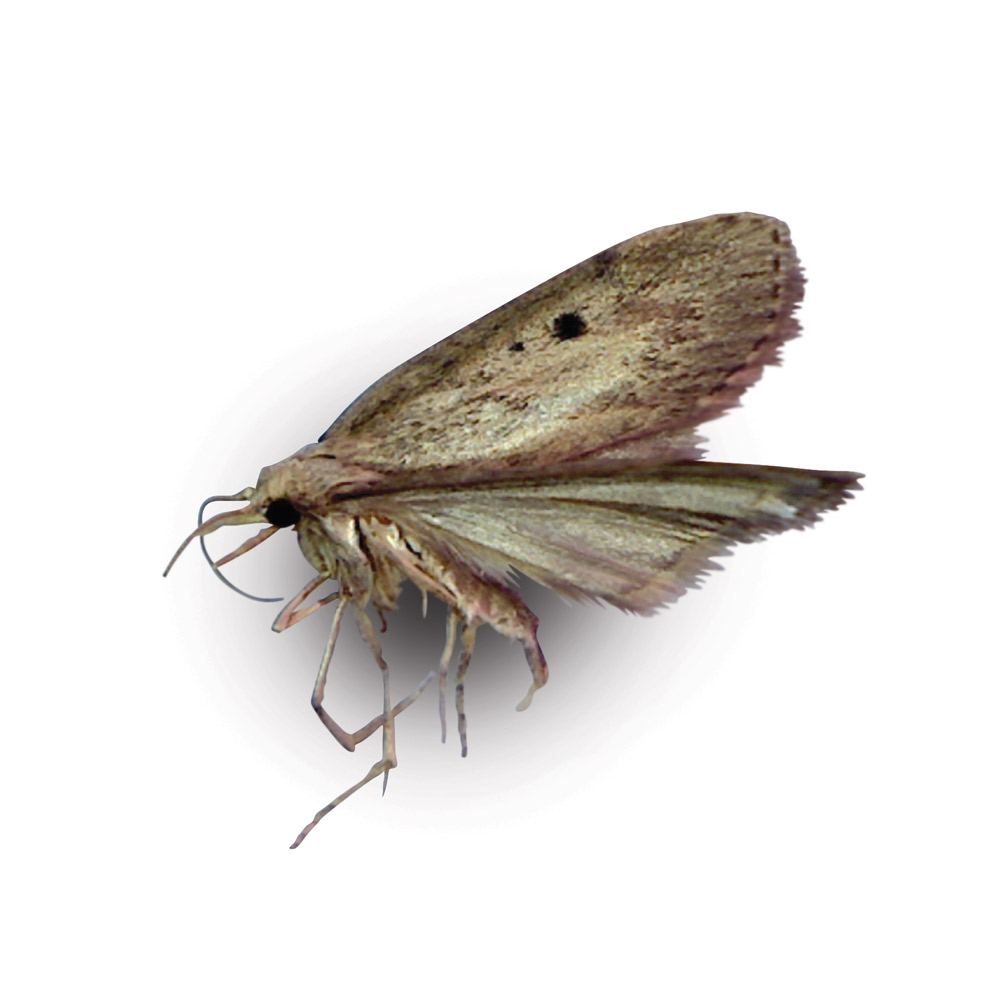
Clothes Moths Barrettine Environmental Health

Case-bearing Clothes Moth - The Australian Museum

Case-bearing Clothes Moth, Tinea pellionella, Briantspuddle Wildlife & History
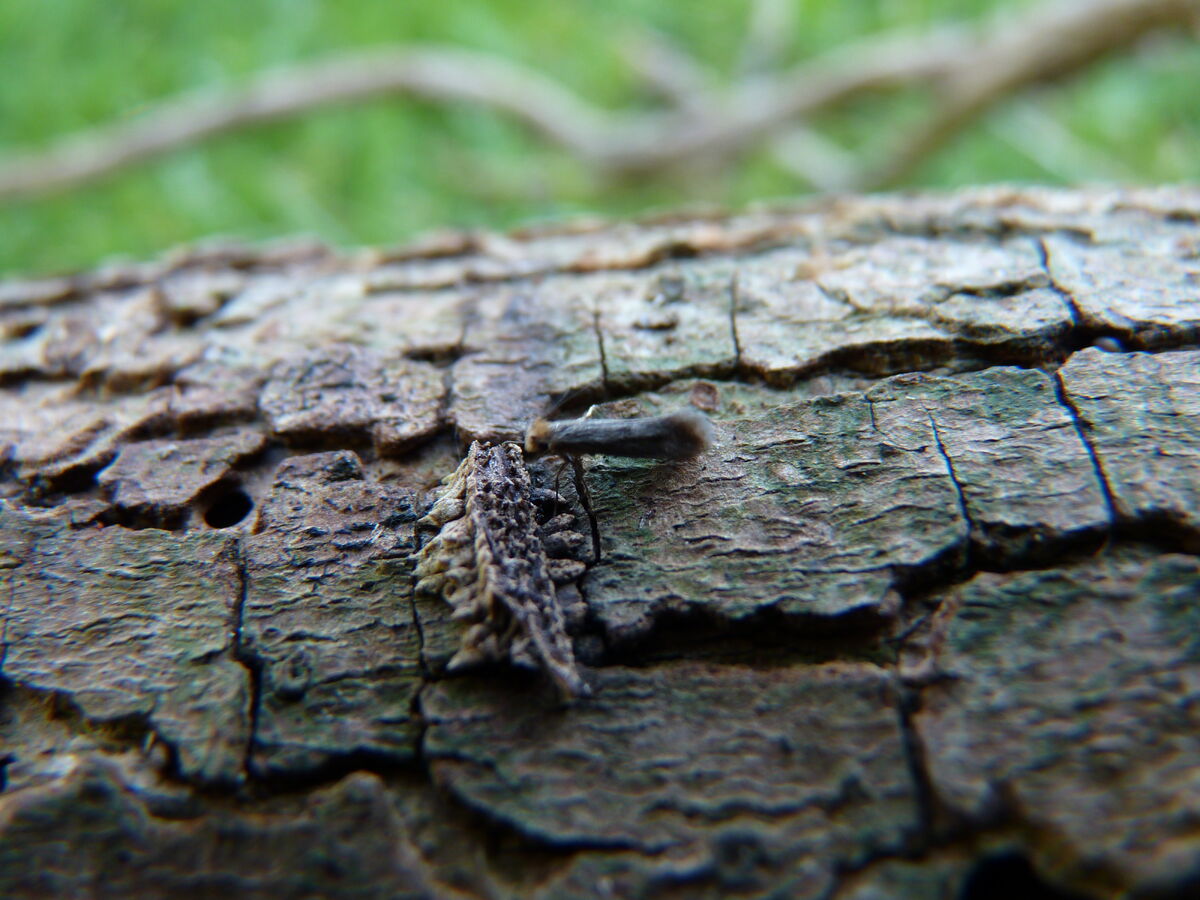
Case-bearing Clothes Moth, British Wildlife Wiki
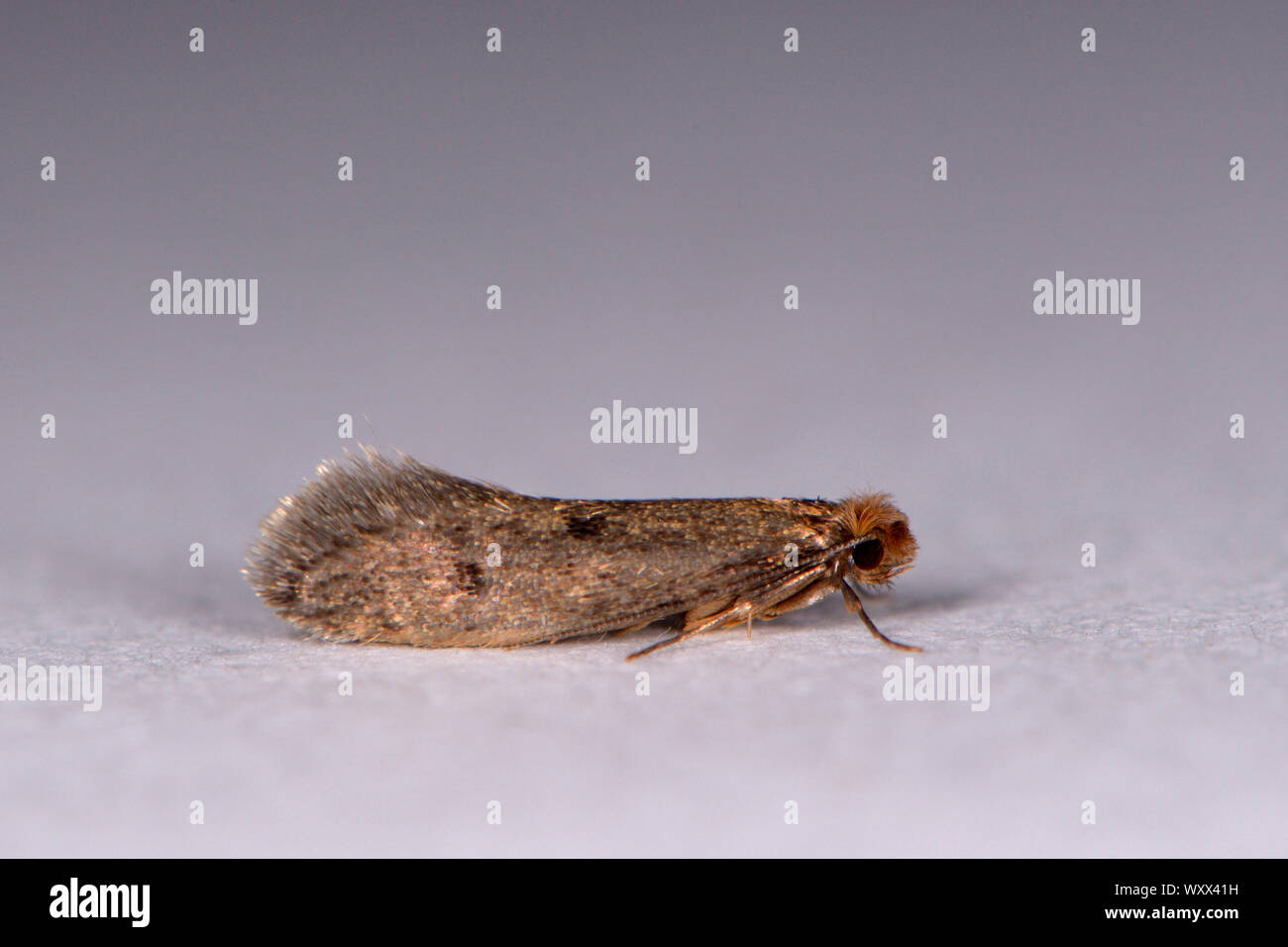
Case-bearing clothes moth (tinea pellionella Stock Photo - Alamy
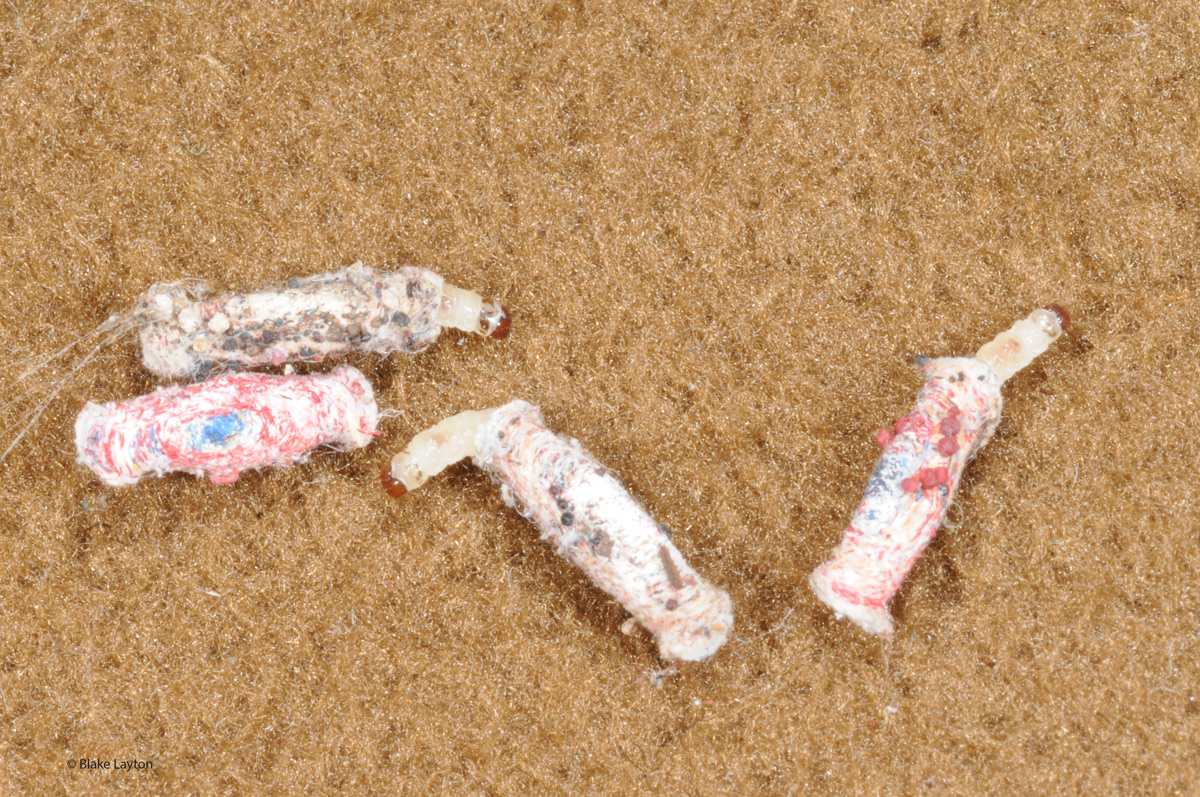
Case-bearing Clothes Moth, Vol. 9, No. 01 Mississippi State University Extension Service

The Moth Life Cycle of Common Clothes and Carpet Moths

